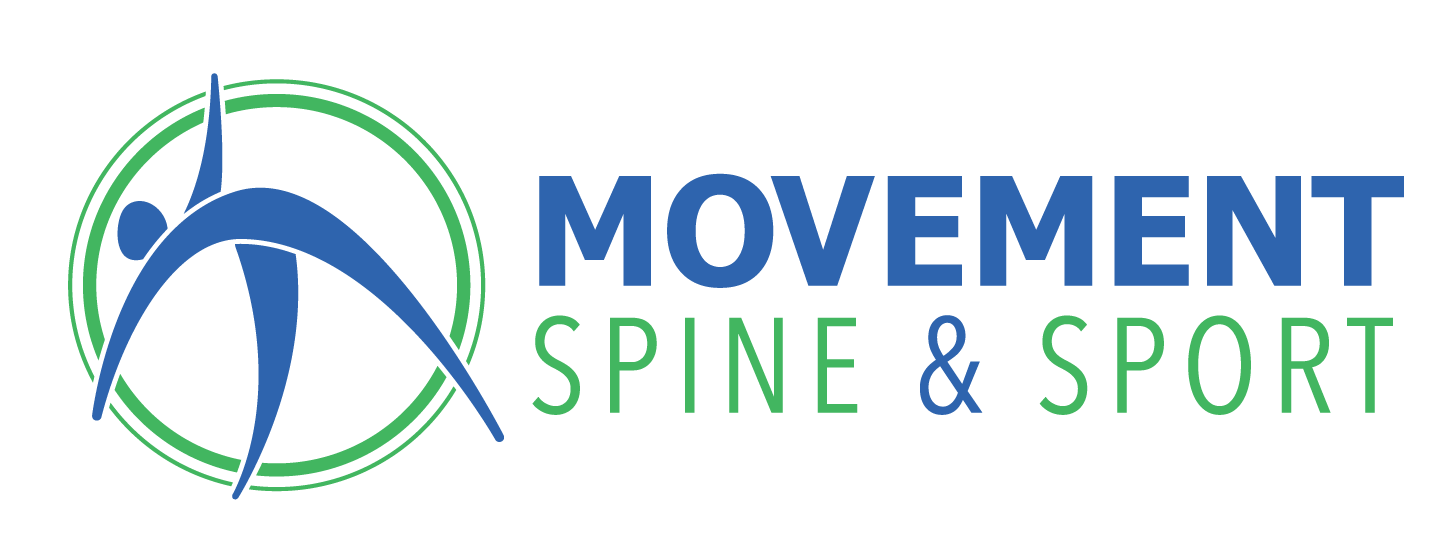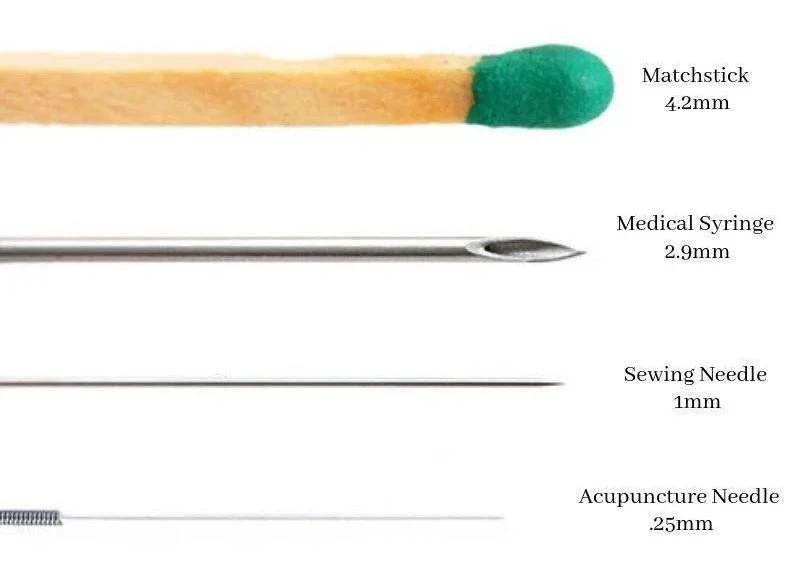Acupuncture vs. Dry Needling: What's the Difference and Which is Right for You?
Acupuncture and dry needling are both therapeutic techniques that use thin, solid filament needles to address musculoskeletal pain and dysfunction.
While the needles themselves are the same, their applications and underlying philosophies are quite distinct.
Here, we’ll break down the key differences between the two, helping you choose the right treatment for your specific needs.
Acupuncture: An Ancient Art Based on Energy Flow
Acupuncture is an ancient practice rooted in Traditional Chinese Medicine (TCM). Its philosophy centers around the idea of balancing the body's energy flow, known as qi (pronounced "chee"), which is believed to travel along specific pathways called meridians.
The Goal: Acupuncture aims to stimulate specific points along these meridians to unblock stagnant qi and restore the body's natural balance and capacity for healing.
The Process: Needles are inserted into designated "acupoints" located throughout the body. These points may or may not be near the area of pain or discomfort. The needles are left in place for a brief period of time, typically between 10 and 30 minutes. They can then be manipulated periodically by hand or combined with electrical stimulation.
The Scope: While conventionally utilized for pain relief, acupuncture is a holistic practice that can be used to treat a wide range of conditions, including allergies, digestive issues, insomnia, and even infertility.
Dry Needling: A Modern Approach to Musculoskeletal Medicine
Dry needling is a much newer technique rooted in Western medicine and scientific disciplines such as human anatomy and neurophysiology. It focuses specifically on treating pain and soft tissue dysfunction caused by excess muscular tension and myofascial trigger points. The "dry" in its name simply indicates that no medication is being injected through the needle, versus the “wet” needling techniques used to administer compounds like corticosteroids.
The Goal: The primary purpose of dry needling is to release these myofascial trigger points—tight, irritable knots in a muscle that can cause localized or referred pain.
The Process: After identifying a specific trigger point or taut band within a muscle, the therapist will insert a needle directly into the area. This often causes a local twitch response, a brief, involuntary muscle contraction that signals the release of tension. Once achieved, the needles may then be removed or left in place for several minutes. During this time, they can be manipulated manually or combined with electrical stimulation for an even more potent effect.
The Scope: Dry needling is a targeted therapy used primarily for the management of musculoskeletal pain and injuries. It is often incorporated as part of a broader care plan that includes complementary treatment modalities such as joint manipulations, soft tissue therapies, and exercise.
Which One Should You Choose?
As we’ve discussed, both acupuncture and dry needling can be highly effective options in managing a wide variety of health conditions.
And although they appear similar in their equipment and execution, their histories, philosophical underpinnings, and applications vary quite drastically.
In determining which treatment is best for you, we recommend consulting with a qualified professional capable of assessing your condition and discussing the best course of action based upon your goals.
Click here to get in contact with one of our expert clinicians.
You can also learn more about dry needling by clicking here or going to the “Services” tab on our website.
Ryan Lesik, D.C., CSCS
Movement Spine and Sport


